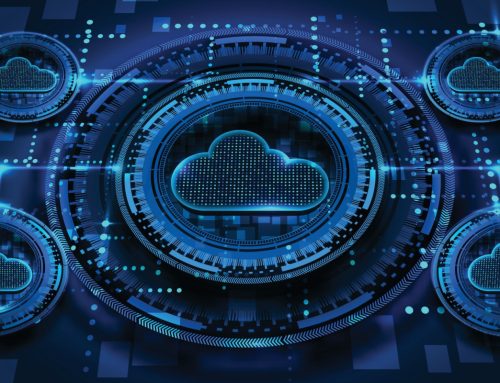Coronavirus-induced lockdowns forced thousands of employers to adopt a home working model and despite the return to normal hundreds of thousands of employees are still working from home or adapting a hybrid approach to work. Most enterprises handled the shock of transitioning fairly quickly with virtual desktops, project management tools and cloud productivity suites.
However, a remote workforce has an ugly side – scattered data – which is difficult to quantify, control, process, and manage. Protecting corporate data and other assets when people do their jobs outside of a physical office is the most significant challenge remote working brings.
The impact on data storage and access
As we continue moving towards remote work and hybrid models, we create more data we cannot control. Simply put, nobody knows where all that data is or what that data is, which creates serious security and compliance headaches.
Managing remote devices is tricky because remote employees access corporate and non-corporate data on the same Wi-Fi network family members use to shop, game, stream and browse. It makes no wonder that 71 per cent of security leaders lack sufficient visibility into remote employee home networks.
Employees accessing unauthorized content and data also create visibility challenges with storage platforms. Who should access what? Many on-premises tools enterprises deploy are incompatible with remote work, so taking them off-site does not provide the access control or the visibility IT leaders need to secure data.
There’s also the encryption problem – that employee hard drives hold sensitive data, so they needs securing with enterprise-grade solutions. Many enterprises encrypt the hard drives of all remote employees so that the data is protected if a device is stolen or damaged and thrown away. This requires a cybersecurity policy and employee consent.
However, it isn’t just computers and workstations that present a data challenge – smartphones and tablets do too. Enterprises need the ability to configure specific policies to control installed applications remotely.
The need for greater visibility and control over remote working has spawned the requirement for a data security policy that extends to remote work, and enterprise-grade tools that integrate into the technology stack. Regulating the use of personal devices and instituting a “zero trust” policy is also necessary for security.
To learn more about protecting your remote workforce contact us.





